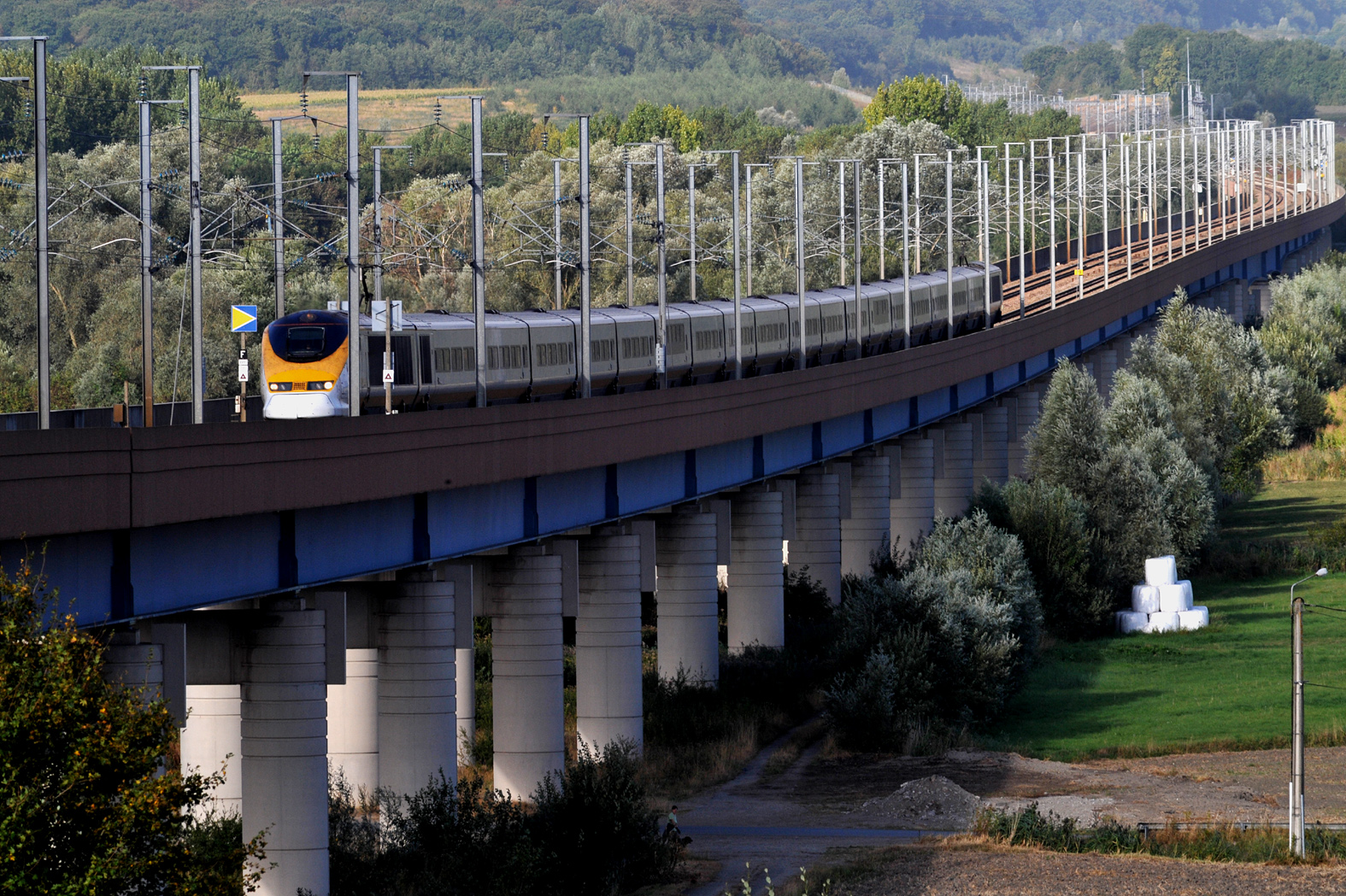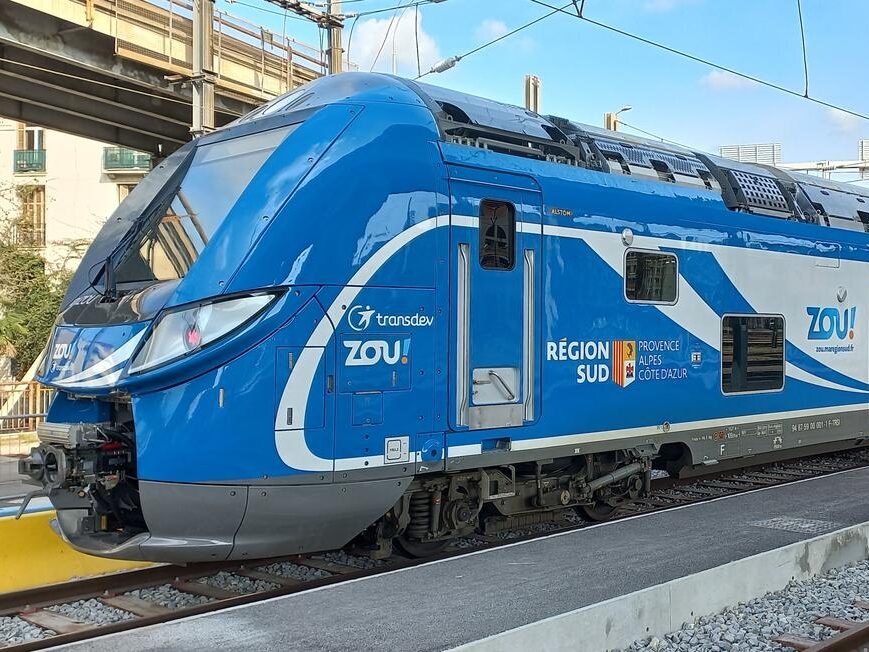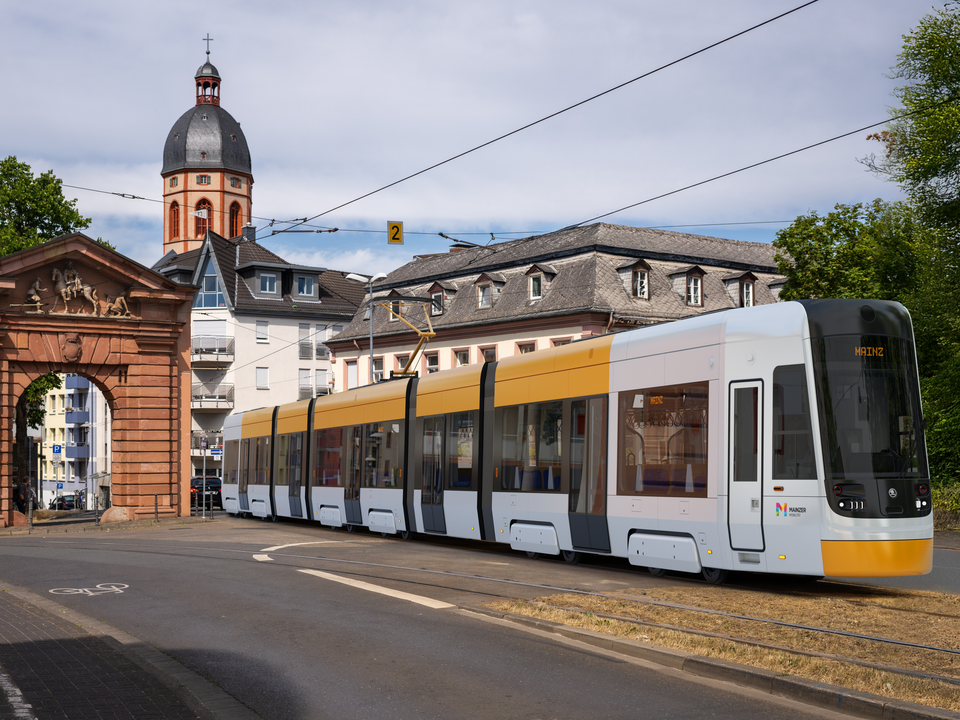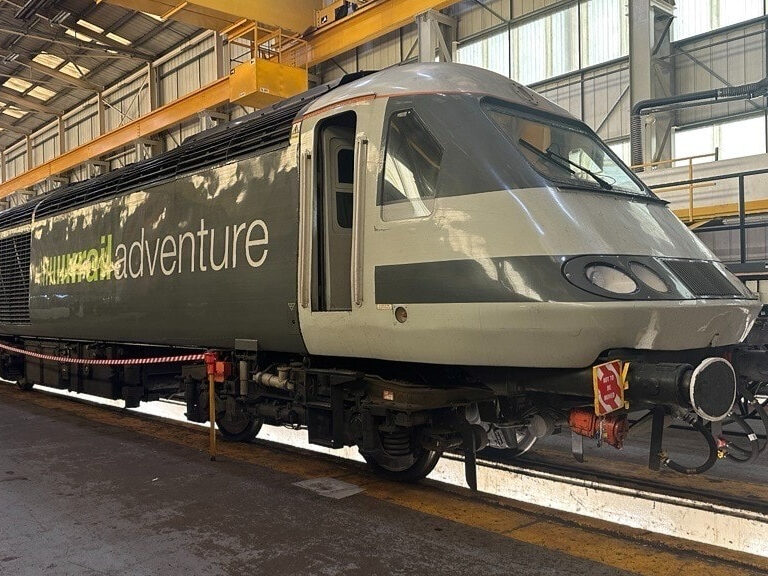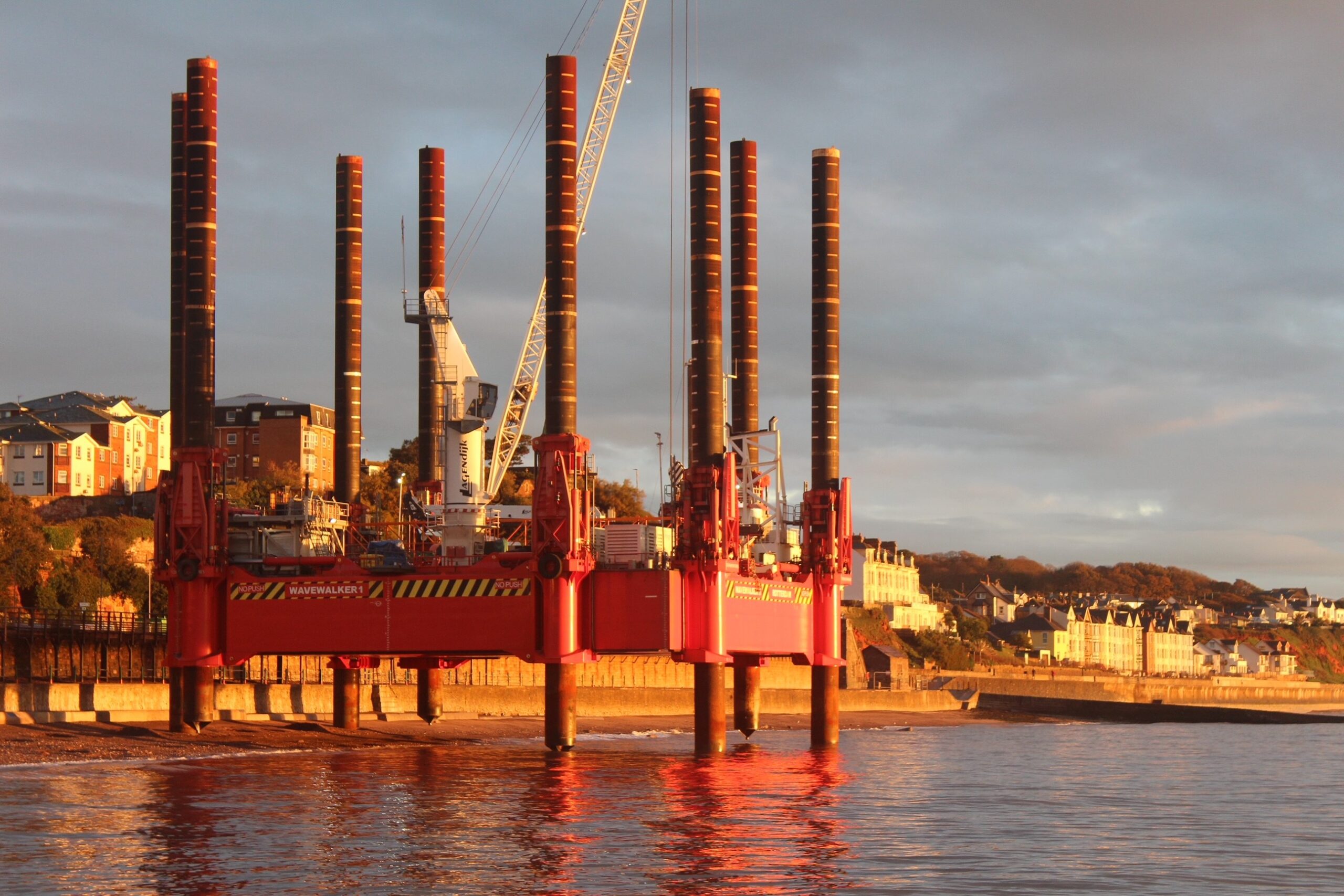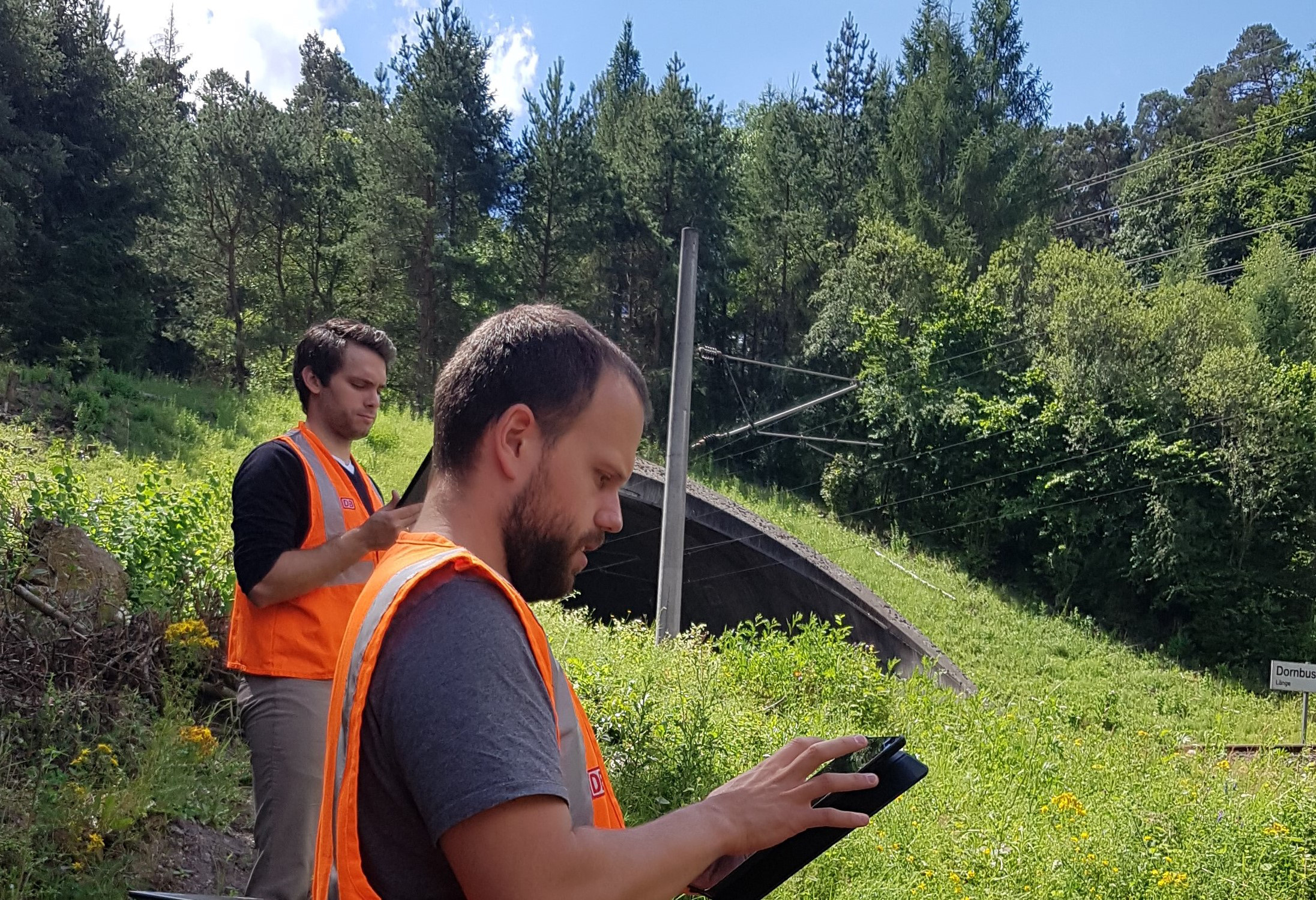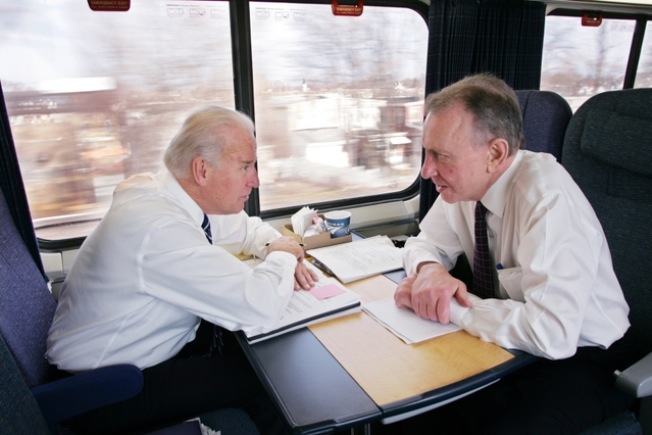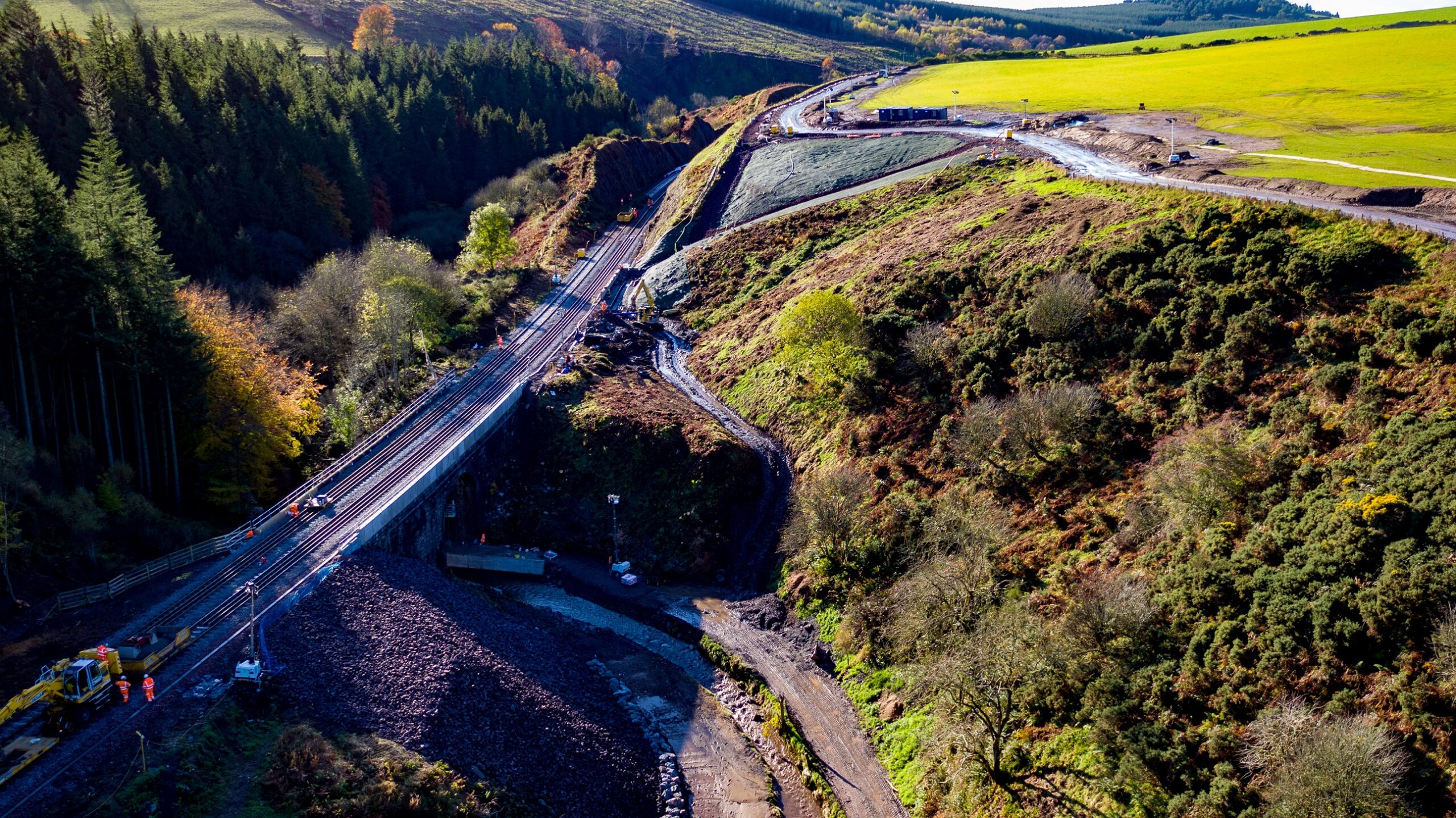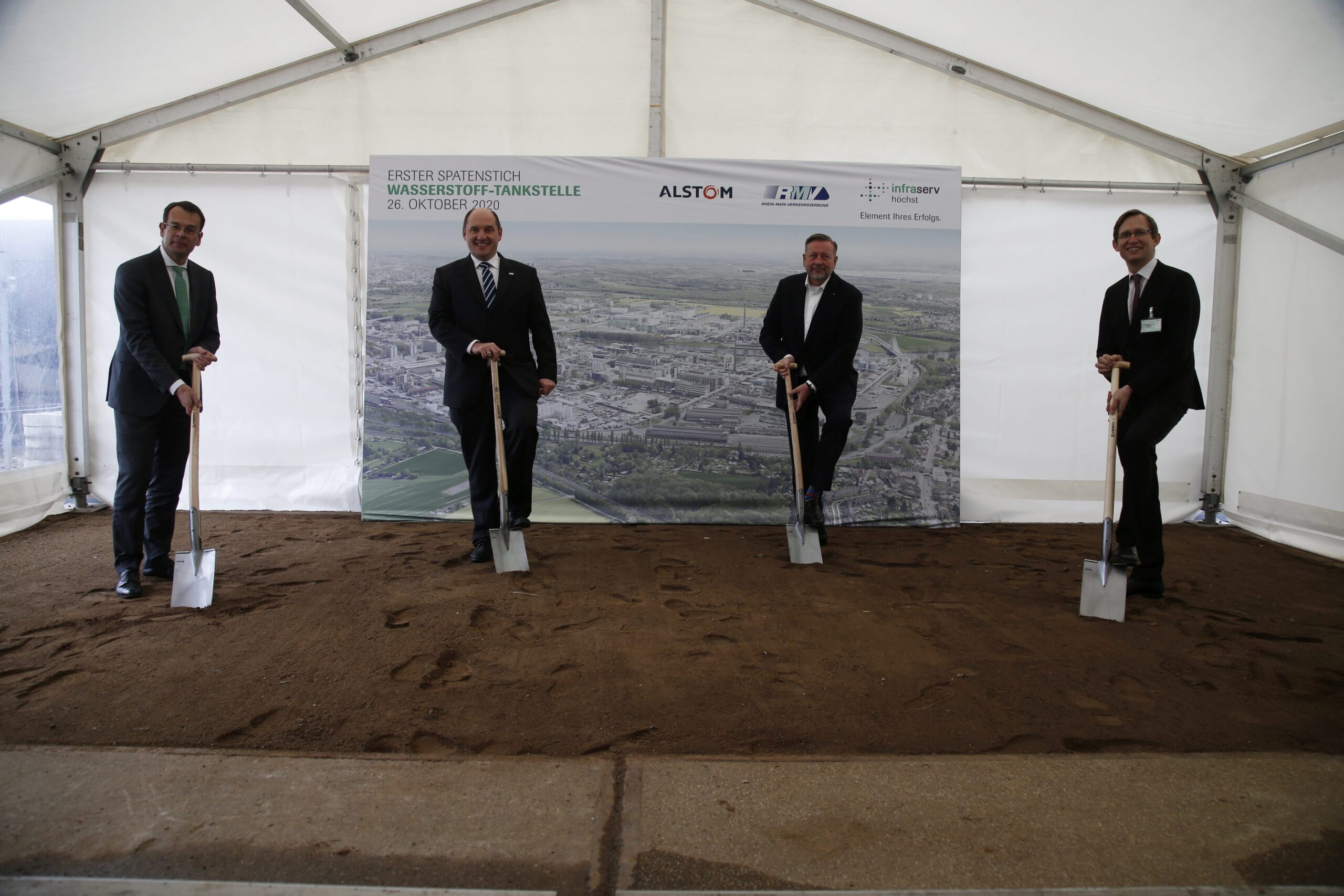There is a lot of buzz about hydrogen trains and hydrogen technology at the moment.
Hydrogen trains are already in commercial operation in Germany and are being tested in the Netherlands and the UK. And they have their place. However, their contribution to decarbonising transport is tiny and the danger is that by appearing to be doing something, we are not actually focusing on the real solutions: a rolling programme of electrification and modal shift. They might not be sexy, but they’re far more potent.
Hydrogen trains are marketed as ‘green’ because the only emission they produce in operation is steam. No dirty pollution in our cities and in stations. That’s a plus. But – and it’s a big but – the vast majority of hydrogen currently produced is made by splitting it from natural gas, which, other than being expensive, emits large quantities of carbon dioxide. That’s not really progress. ‘Green’ hydrogen is made by electrolysing water to split the hydrogen from the oxygen using surplus renewable energy and fuel cells. This is turning electricity into a gas and back into electricity and is expensive and inefficient.
But if we manage to make hydrogen in a clean, efficient, cost-effective way and we build all the associated new infrastructure required, how much of an impact will hydrogen trains have to decarbonising transport?
Well, hydrogen trains also have their limitations. Their current commercial operating speed is 140km/h (90mph) so they’re not suitable for high-speed operations. And it is always less efficient to make a train carry its fuel on board than to externalise the source as electric trains do. Hydrogen storage takes up roughly eight times the volume of diesel. and the energy consumption of fuel cell trains is around three times that of conventional electric trains.
So if we actually deploy hydrogen trains everywhere they’re suitable, what impact will they have on decarbonising transport?
Some figures (from EuroStat and Network Rail):
- The modal share of passenger rail by distance travelled (excluding tram and metro services) for the UK (2016) was 8.8% – the rest is basically road vehicles
- The same modal share for Germany was 8.6% (also 2016)
- In the Netherlands the modal share of passenger rail in 2016 was 11%
Of course, hydrogen trains are not useful for all of these journeys. For instance, they are not needed for lines that are already electrified. They are being touted as a solution for lines that are not (yet) electrified.
- The United Kingdom has 15,800 route kilometres of railway lines, of which 6,000km are electrified (38% electrified), 9,800 route kilometres unelectrified
- Germany has a rail network measuring 34,000km of which 20,000km are electrified (59% electrified)
- The Netherlands has a rail network measuring 3,200km and 2,300km of these are electrified (72% electrified)
It is not a 50-50 split between the use of electrified and non-electrified lines. Busier lines are naturally prioritised for electrification so that – using the UK figure – more than half of that 8.8% takes place on electrified lines already. The West Coast Main Line and the East Coast Main Line, two of Britain’s busiest rail arteries, are electrified for example.
Let’s continue to look at the UK, as it has the lowest percentage of electrified track of the three countries cited, all of which are trialling or running hydrogen trains.
The British rail infrastructure manager Network Rail recently published its Traction Decarbonisation Network Strategy, which contains recommendations of how best to proceed with the unelectrified tracks in the country. It identifies 15,400 Single Track Kilometres that are unelectrified (1km of a twin track railway counts as 2 Single Track Kilometres – 2STKs – which is why this figure is higher than the 9,800km listed above). Of these 15,400STKs it recommends that 13,000STKs are electrified and hydrogen trains are the best solution for a mere tenth of that, i.e. 1,300STKs, meaning that of all the unelectrified track in the country, 8.4% should see the introduction of hydrogen trains.
The passenger rolling stock fleet in the UK comprises 14,000 vehicles. Of these 70% are purely electric (9,800 vehicles). A calculation then: let’s say 70% of the 8.8% modal share that rail has is electric, so that the remaining 30% is diesel. That means the current modal share of diesel passenger rail transport in the UK is 2.64%. That 2.64% takes place on the aforementioned 15,400STKs. And if 8.4% of those STKs are suitable for hydrogen trains, then 8.4% of 2.64% will be the modal share of passenger transport hydrogen trains can have and that equates to 0.22% of passenger transport and that’s being generous as the 8.4% deemed suitable for hydrogen trains are among the least busy branch lines and will get less traffic overall than the as yet unelectrified main lines.
Furthermore, that 0.22% is only for passenger transport. Hydrogen trains are not suitable for freight operations so the total modal share capacity of hydrogen trains for transport overall is smaller than this figure still. I’ve made some assumptions with my calculations, but they suffice to demonstrate the scale of the solution hydrogen trains can provide. Hydrogen trains have their place, but they are as much the solution to decarbonising transport as abolishing plastic straws are to solving plastic pollution – it is a drop in the ocean and at the moment it’s not even a clean drop.
Of course, it isn’t the only strategy being deployed but hydrogen trains must not be presented as an alternative to electrification, as a justification for cancelling electrification programmes, as Grayling did. A rolling programme of electrification will have a much bigger impact, especially if the traction electricity is sourced from renewables, as it is in the Netherlands where a full 100% comes from wind power for passenger operations. In the UK 30% of the current diesel fleet operates on electrified lines and hybridising these will also contribute. But the biggest driver to transport decarbonisation, however, is modal shift and for this the UK and other countries must build new railway lines and, crucially, de-incentivise the use of road transport.
Also read:
- High Speed Rail Group: “HS2 Eastern Leg Essential to National Levelling Up Agenda”
- Germany’s Federal Railway Authority Approves Dual Mode Vectron Locomotive
- Ground-Breaking for Hydrogen Filling Station for Passenger Trains
- Hydrogen Train Runs on UK Mainline for the First Time

